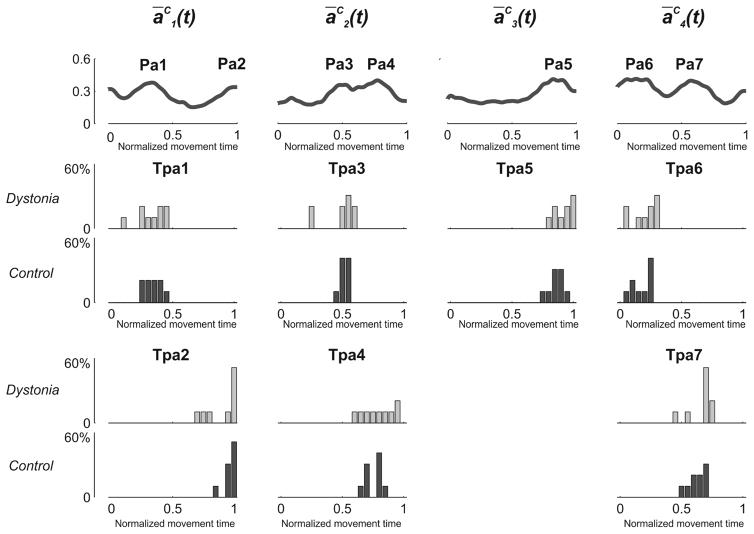Figure 4. Between-group difference in the timings of a(t).
The upper row represents ĀC(t) obtained by averaging each an(t) over all control subjects. ĀC(t) were used to identify the peaks of activation of the 4 an(t). 2 peaks for ā1C(t) (Pa1 and Pa2), 2 peaks for ā2C(t) (Pa3 and Pa4), 1 peak for ā3C(t) (Pa5), and 2 peaks for ā4C(t) (Pa6 and Pa7) were detected. Lower rows represent, for each group separately (Dystonia: light gray; Control: dark gray), the frequency distribution of the time of occurrence of each peak (Tpan). No statistical between-group differences were reported for any of the peaks.

